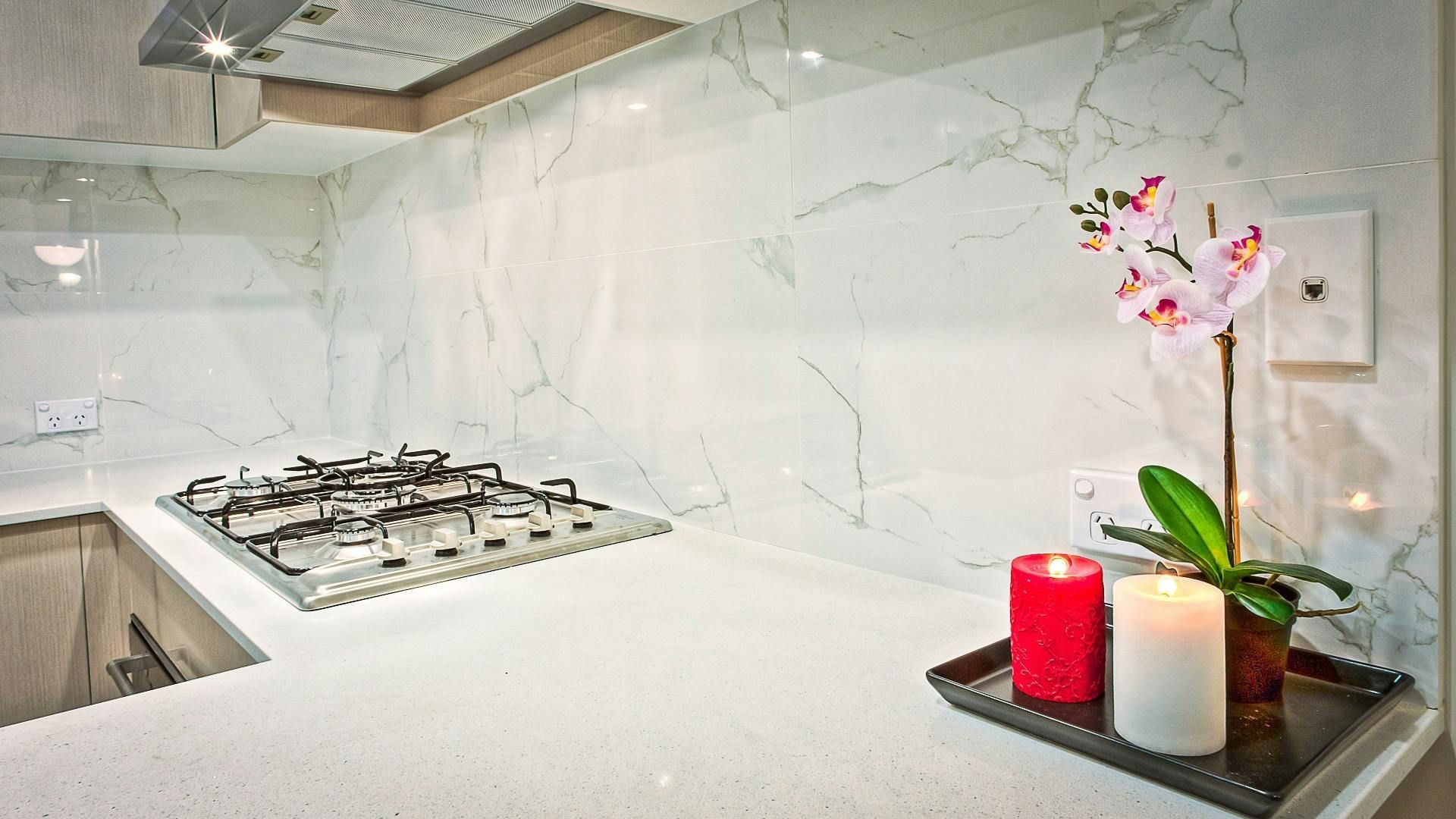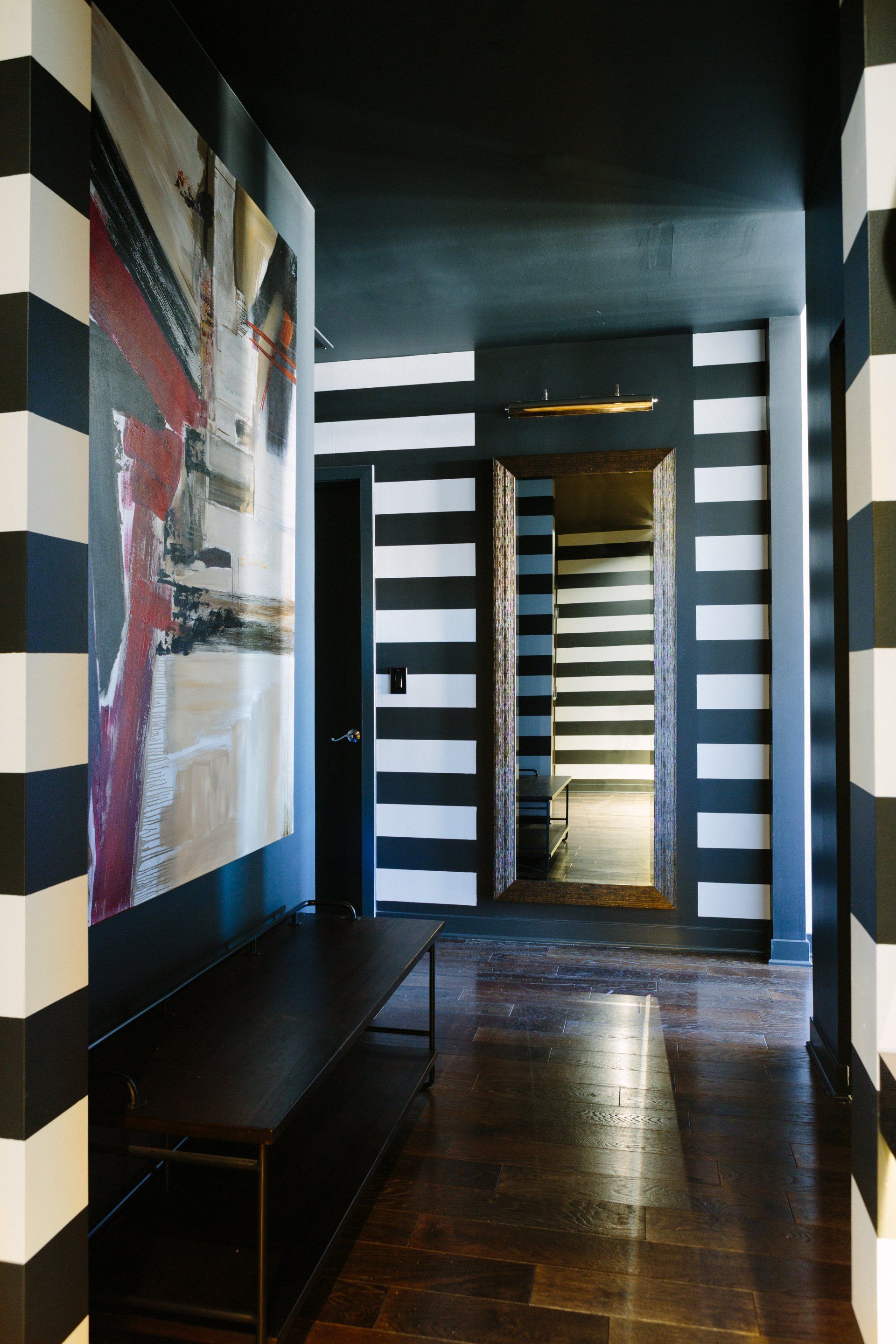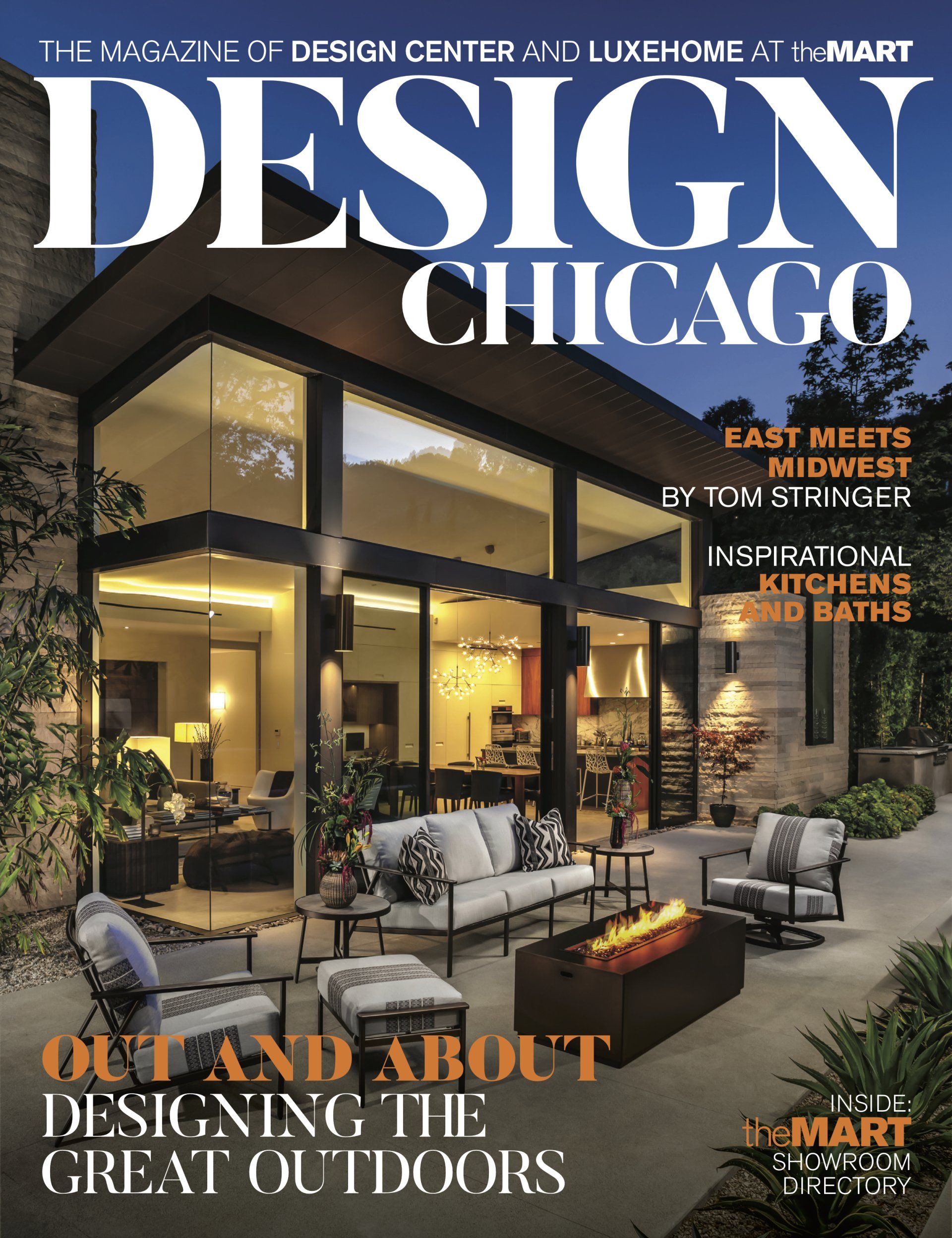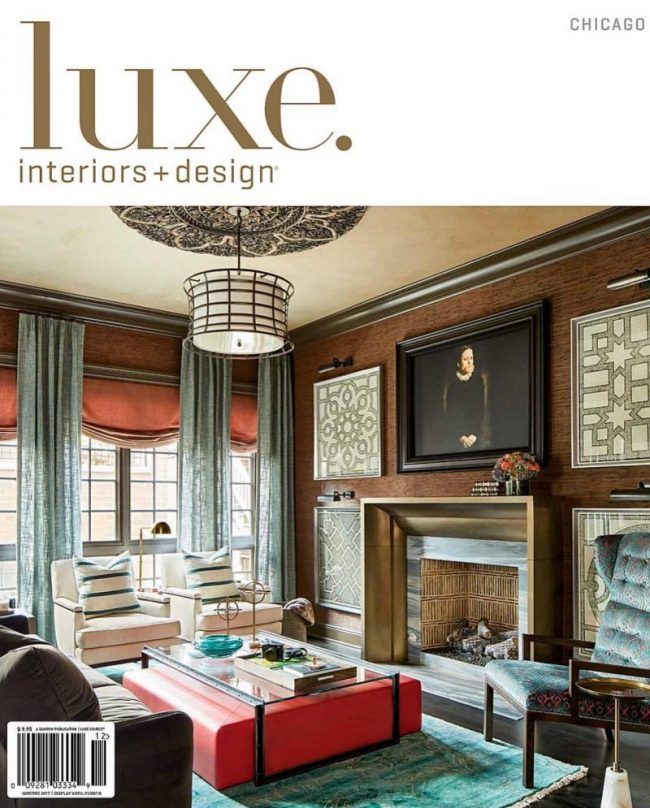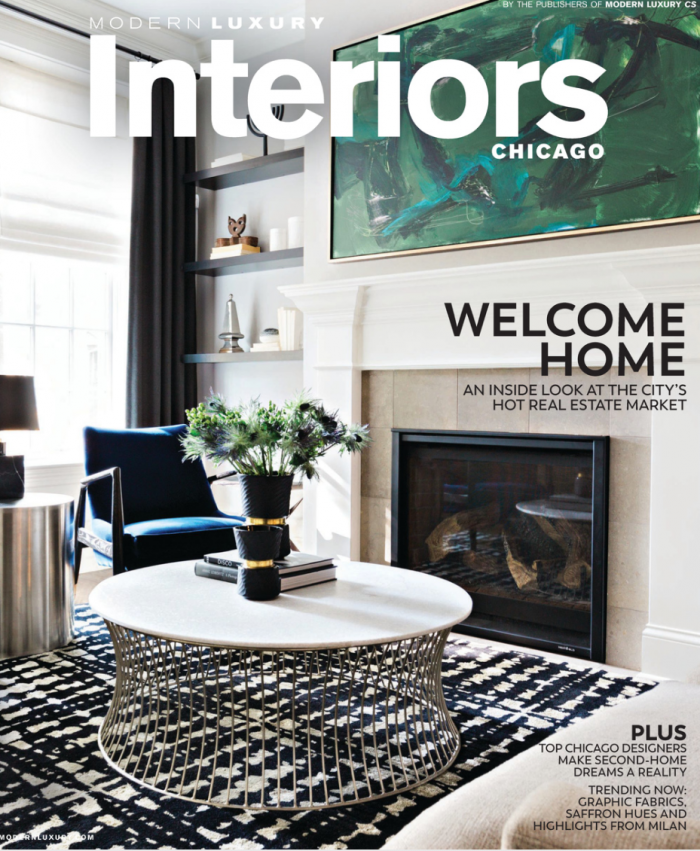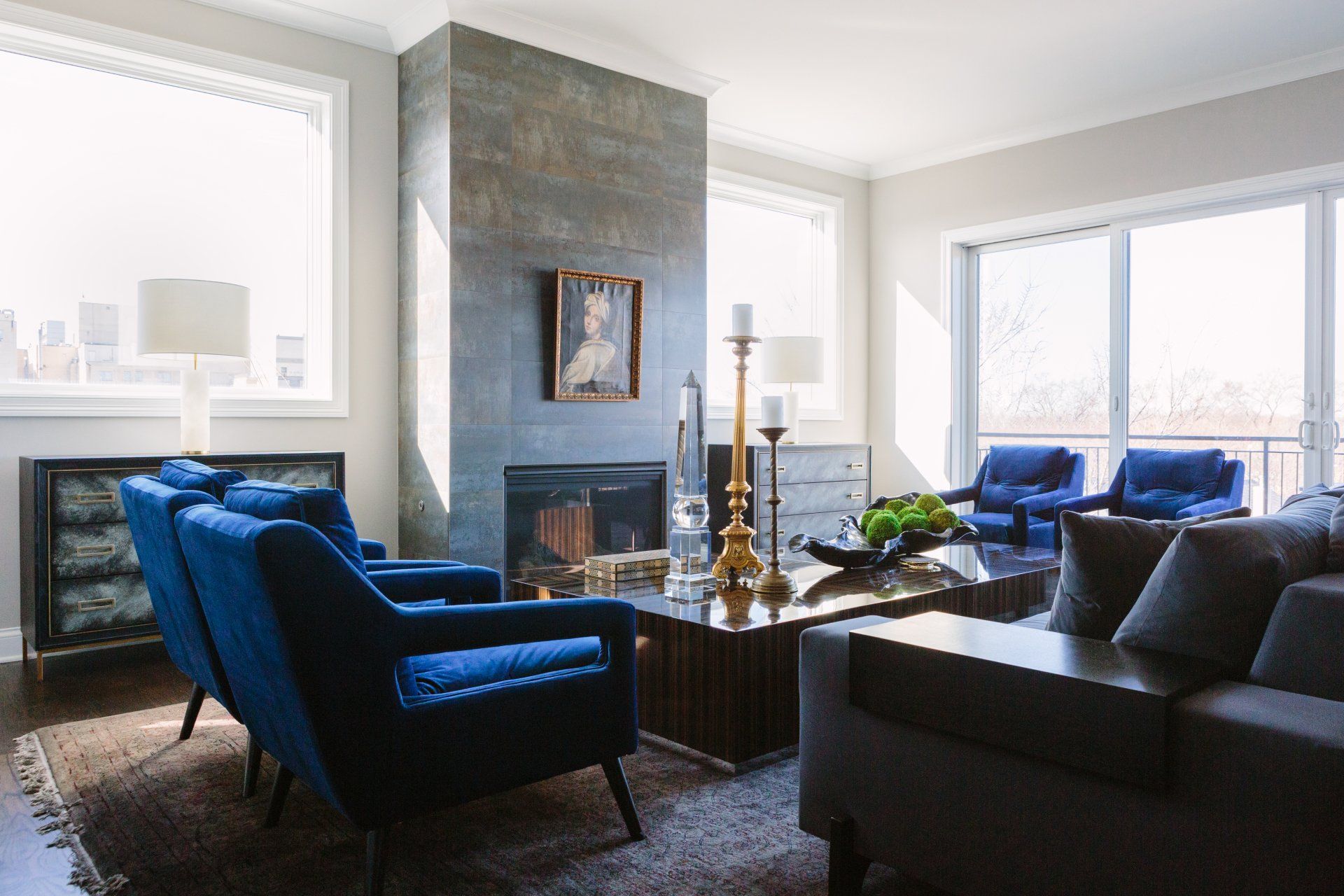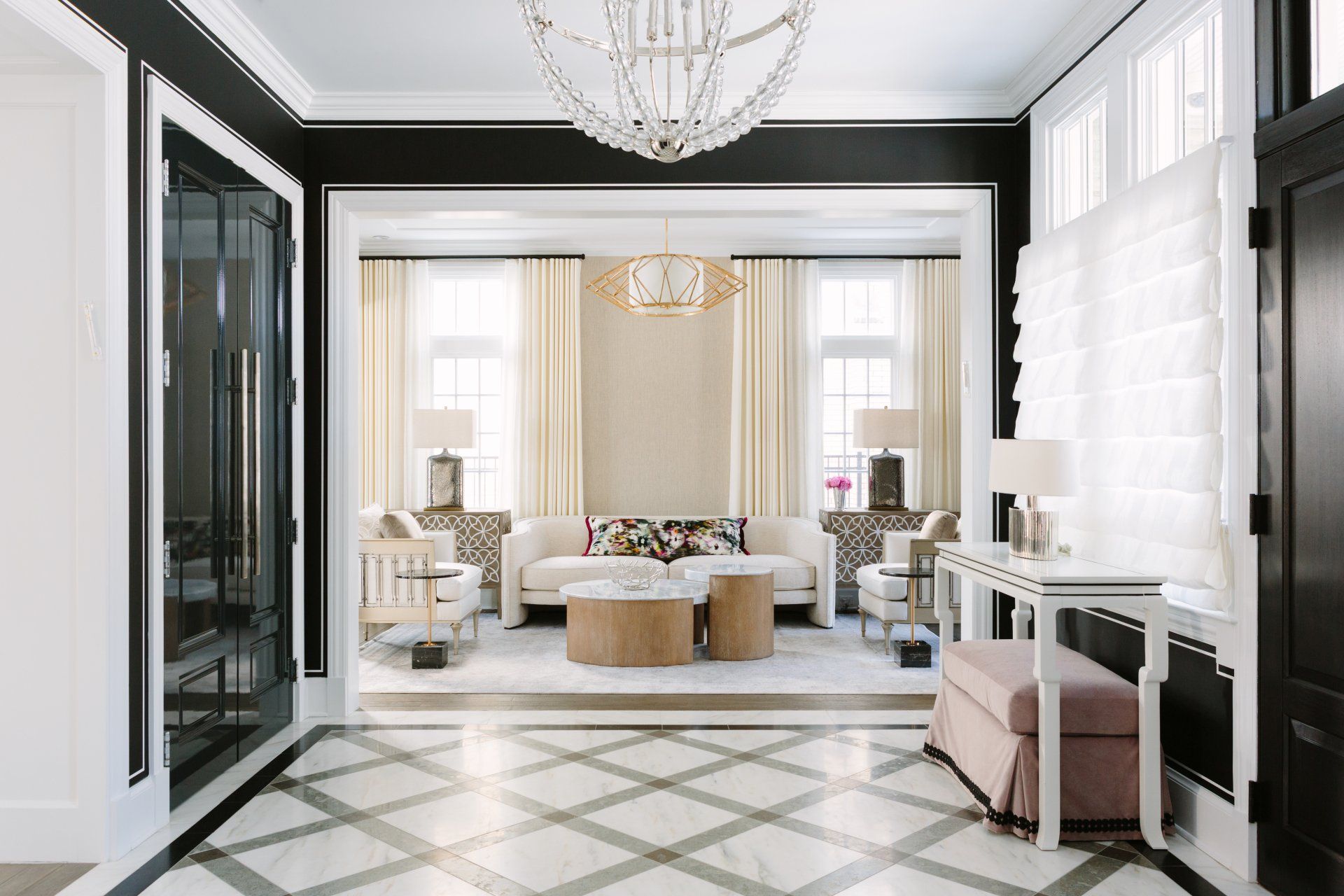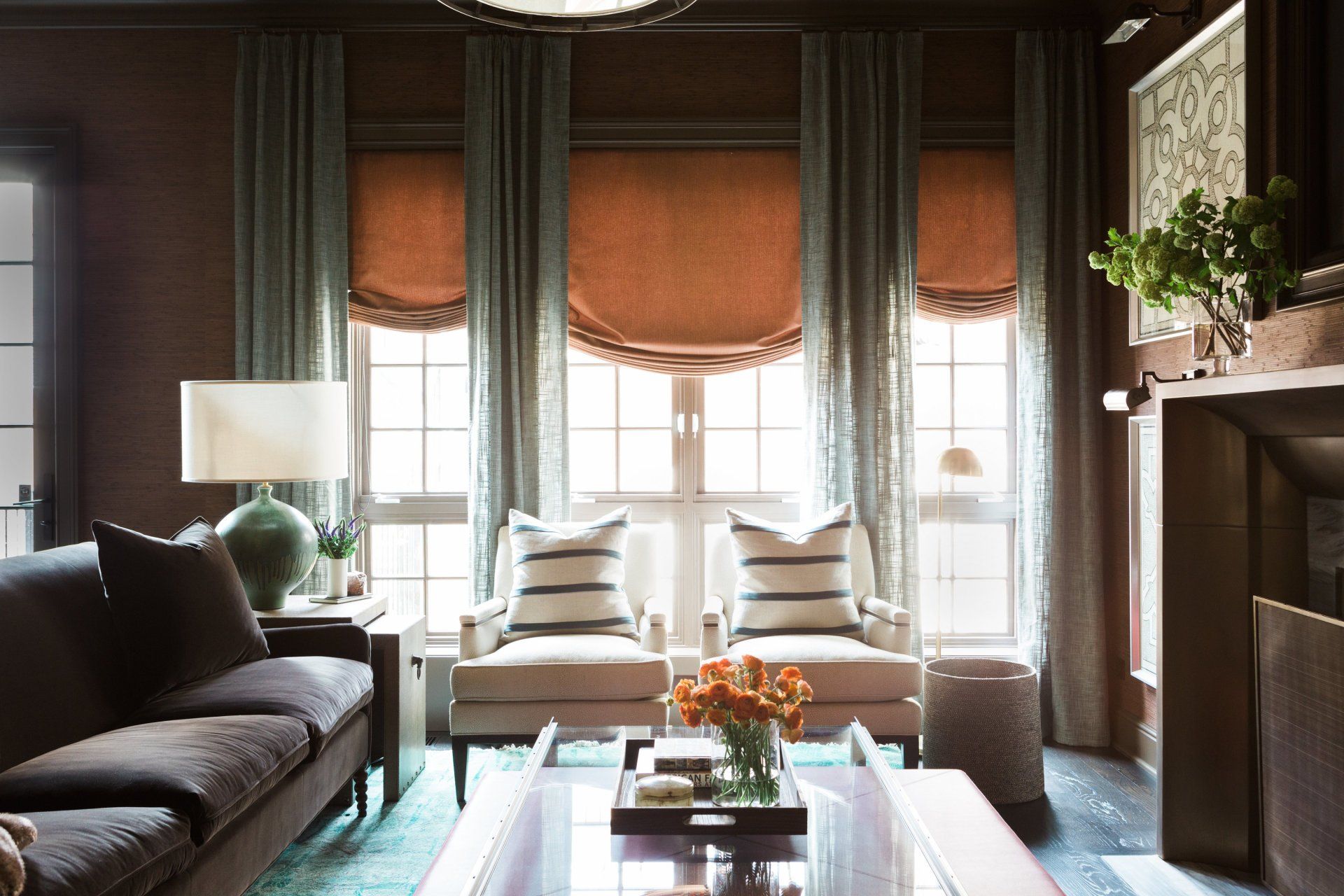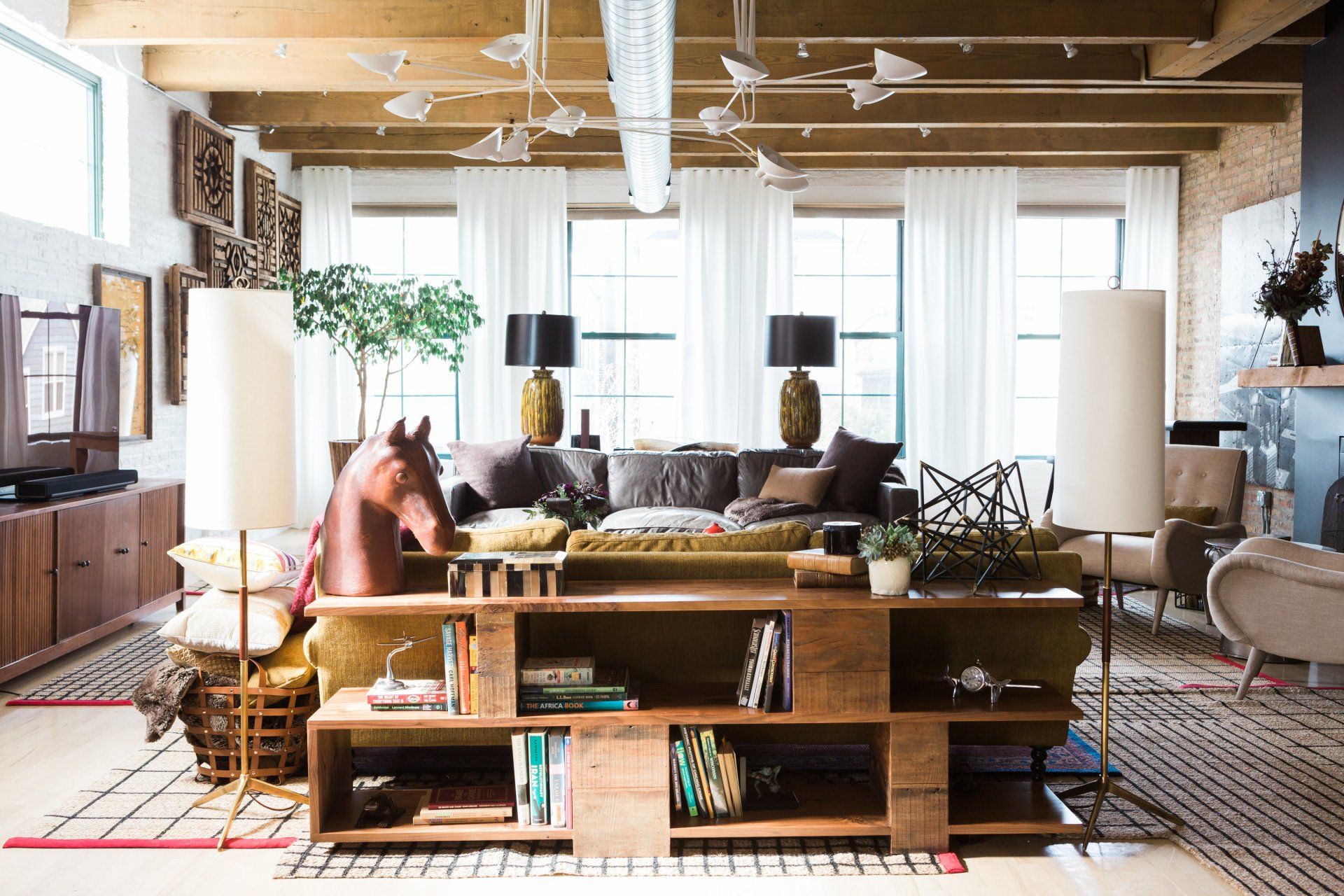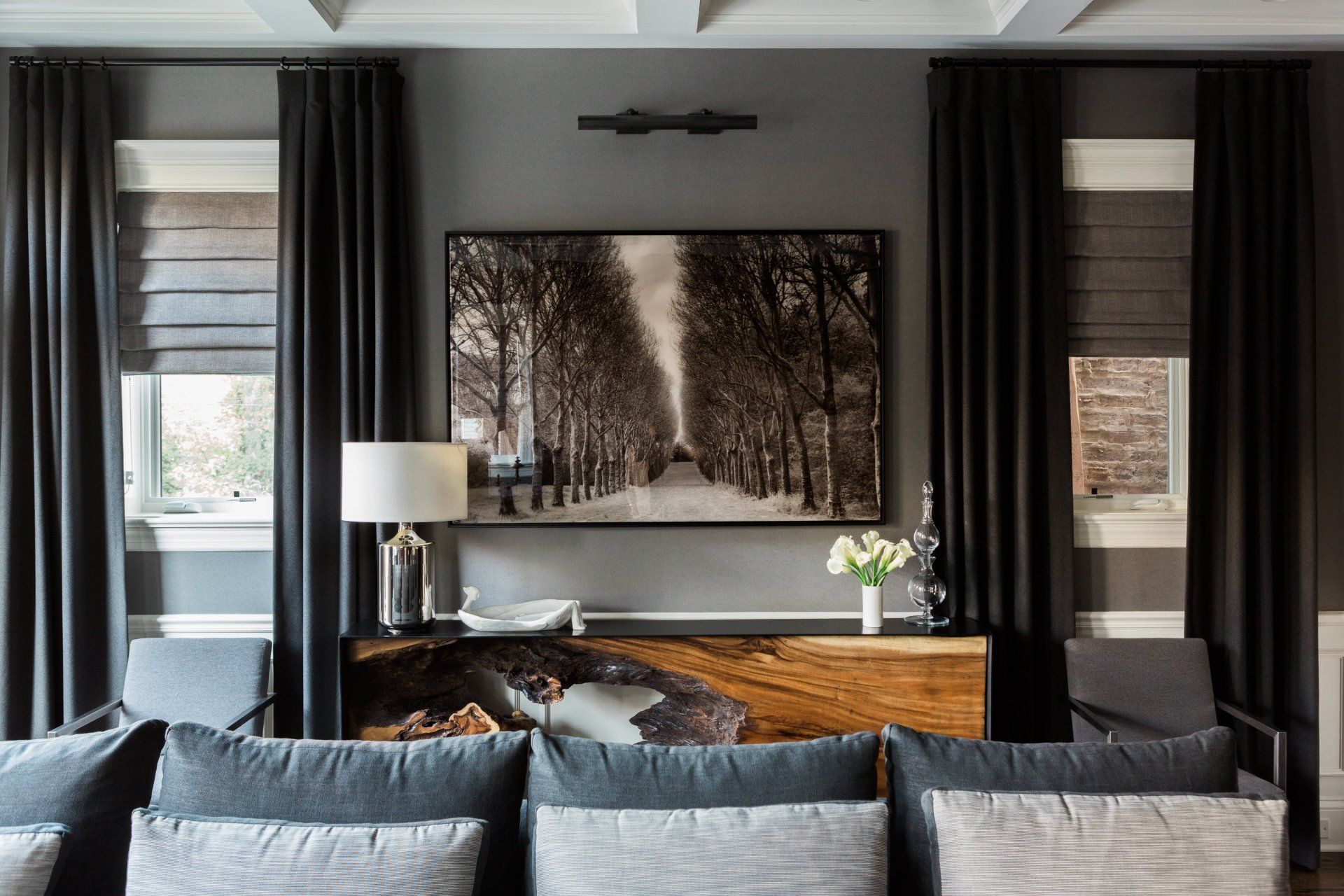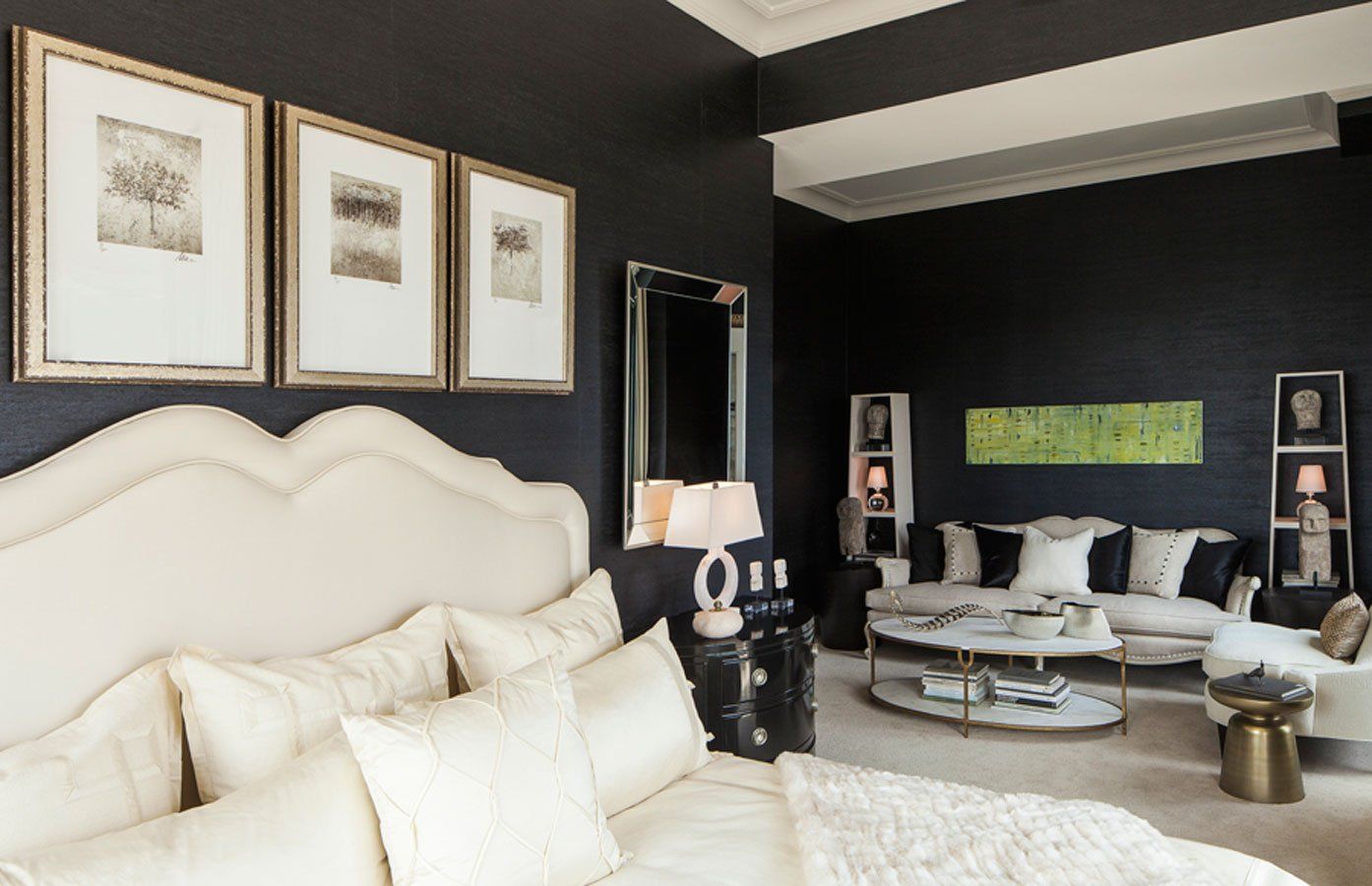November 21, 2025
The scent of pine, the warm glow of lights and the comfort of enjoying a warm cup of cocoa by the fire — there’s nothing quite like the holidays. Decorating your home is a great way to welcome the season, but the pressure to capture that festive spirit can be overwhelming. To avoid going overboard and making your space look cluttered, consider going for a sophisticated yuletide look. Make intentional, curated choices to create a warm, personal and elegant look with these decorating tips. 1. Define Your Classic Holiday Theme and Color Palette A defined theme and color scheme can serve as a filter for every other decorating decision, ensuring a cohesive look and preventing impulse buys that don’t fit the concept. Consider these style examples: Nordic winter: Focus on minimalism, natural wood tones and simple greenery paired with a white, black and cream palette Old world Christmas: Incorporates deep, rich colors like burgundy and forest green, vintage-style ornaments and elegant metallic accents in gold or bronze Rustic farmhouse: Includes lots of natural textures, such as burlap and plaid, galvanized metals and simple pine greener y When creating a palette, choose a primary color, a secondary color and an accent metal. For example, use forest green for most of your main decor, contrast it with cream and decorate with gold decor. Let your palette guide your choices for ornaments, textiles, ribbons and even gift wrappers. 2. Layer Natural Greenery and Cozy Textiles Bring the outside in for a lush, timeless feel. Greenery and other natural elements add life, texture and classic scents that artificial decorations can never fully replicate. Go beyond pine. Eucalyptus has a pleasant smell and modern look, while cedar drapes beautifully. Decorate with boxwood for a traditional feel or magnolia leaves to bring a touch of Southern elegance to your space. Learn how to keep your greenery fresh throughout the season, eliminating the need for regular replacements. Consider these placement ideas: Drape garlands down a staircase banister, across large mirrors or along a mantelpiece. Place sprigs or single branches in vases. Incorporate greenery into your dining table centerpiece. Use textiles to add softness and reduce sound in your space, creating a cozier environment. Swap out everyday throw pillows for covers made of velvet, cable-knit wool or faux fur. Use a chunky knit blanket as a tree skirt for a modern twist. 3. Engage the Senses with Holiday Scents Scent is strongly tied to emotions and memories. Integrating it into your holiday setup is a powerful way to establish a festive atmosphere. Here are subtle ways to infuse yuletide scents into your home: Simmer pot: Combine water, orange slices, cinnamon sticks and whole cloves into a small pot on low heat. Dried citrus ornaments: Bake orange slices at 250℉ for three hours to dehydrate them and hang them on your Christmas tree. Essential oil diffuser: Diffuse blends like fir and cedarwood for a “Christmas tree” scent or orange, clove and cinnamon for a “spiced” scent. Scented candles: Light candles with complex, natural scents, such as balsam and spiced cranberry. 4. Light Up Your Home’s Exterior Your outdoor decor sets the first impression of your home, so ensure it reflects the sophisticated holiday look of your interior. Consider these stylish decor ideas: Stick to warm, white lights for a timeless look. Highlight one or two outdoor features, such as a large tree in your front yard or the architectural lines of your roof, instead of covering everything with decor. Line the walkway with simple stake lights. Hang a large, evergreen wreath on your front door. Before putting up holiday lights, make sure your home’s exterior is clean and well-maintained. Ensure roof gutters are clean, intact and clear of leaves and other debris to prevent water damage during the colder months. Double-check any exterior outlets and extension cords for issues before plugging anything. 5. Decorate Planters for a Festive Facade Use potted plants on the porch or your home’s window boxes to create a stylish holiday look that ties the entire front of your home together. Get creative with the plants and decor you place in it. Here are some ideas: For height, place tall elements in the center or back, such as red dogwood twigs, tall birch branches and dwarf evergreens. For volume, opt for lush greenery. Mix different textures, such as fir, pine, cedar and boxwood branches. For variety, add elements that hang over the edge to soften the lines, such as draping eucalyptus and trailing ivy. For a touch of nighttime magic, nestle a string of warm white fairy lights among the greenery. Choose lights with high IP ratings to ensure they can withstand the elements, including harsh winter weather conditions. Cheers to a Season of Festive Elegance Create a classic holiday look with a clear theme and intentional decor choice. Go for a design that engages all your senses. Remember that the ultimate goal isn’t to achieve the “perfect” holiday setup. It’s to create a warm, inviting home that’s brimming with holiday cheer while also reflecting your personal style. So, go for the sophisticated decoration tips that resonate with you to create a beautiful atmosphere that you’d love to share with your loved ones.
